On Monday, 4th October 2021, the ZEUS Central Tracking Detector was successfully moved to the Visitor Centre from R71. It now sits at the entrance of the Visitor Centre to be viewed by visitors and staff.
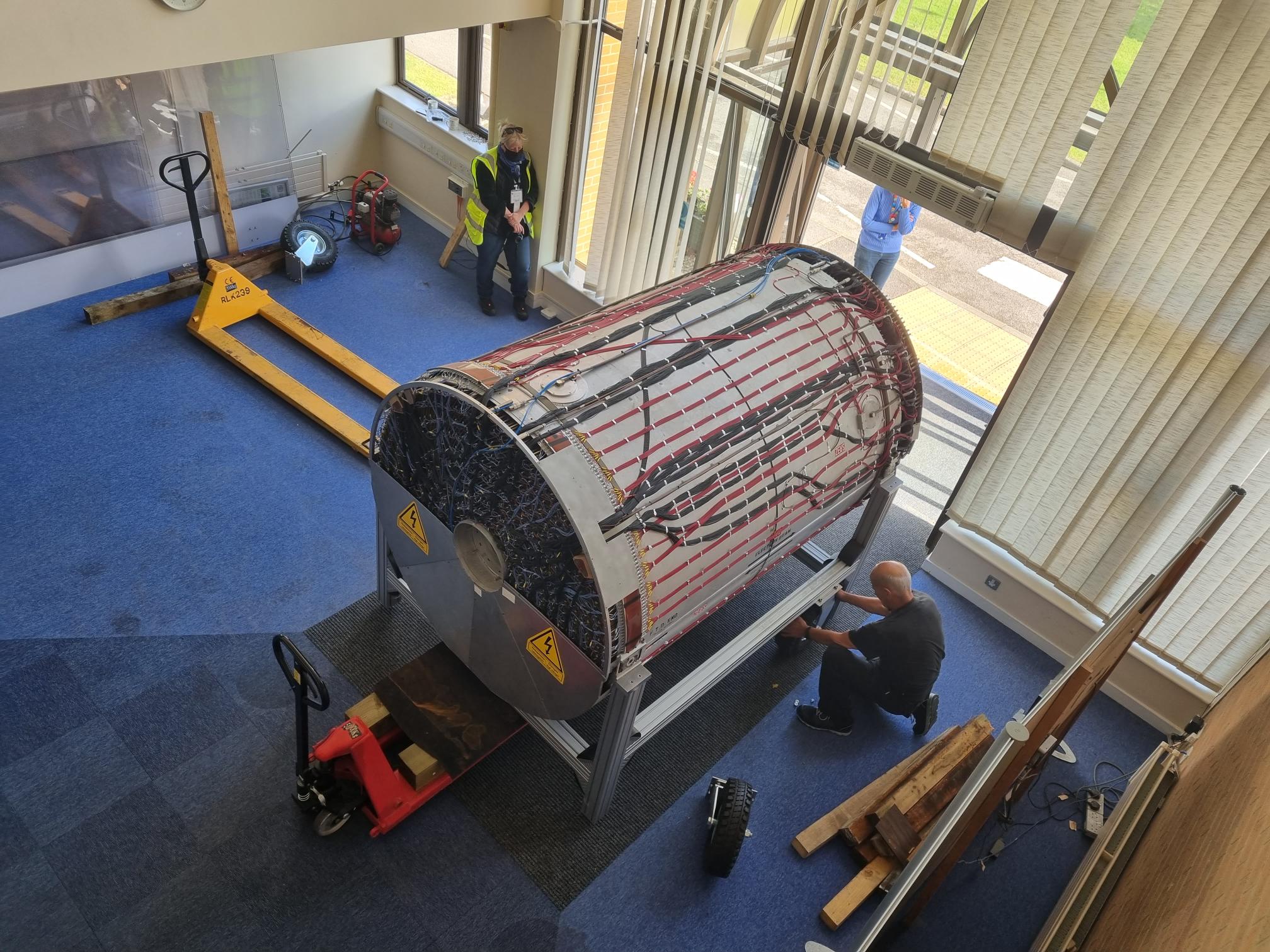
Attaching wheels on the CTD to move it out of R71
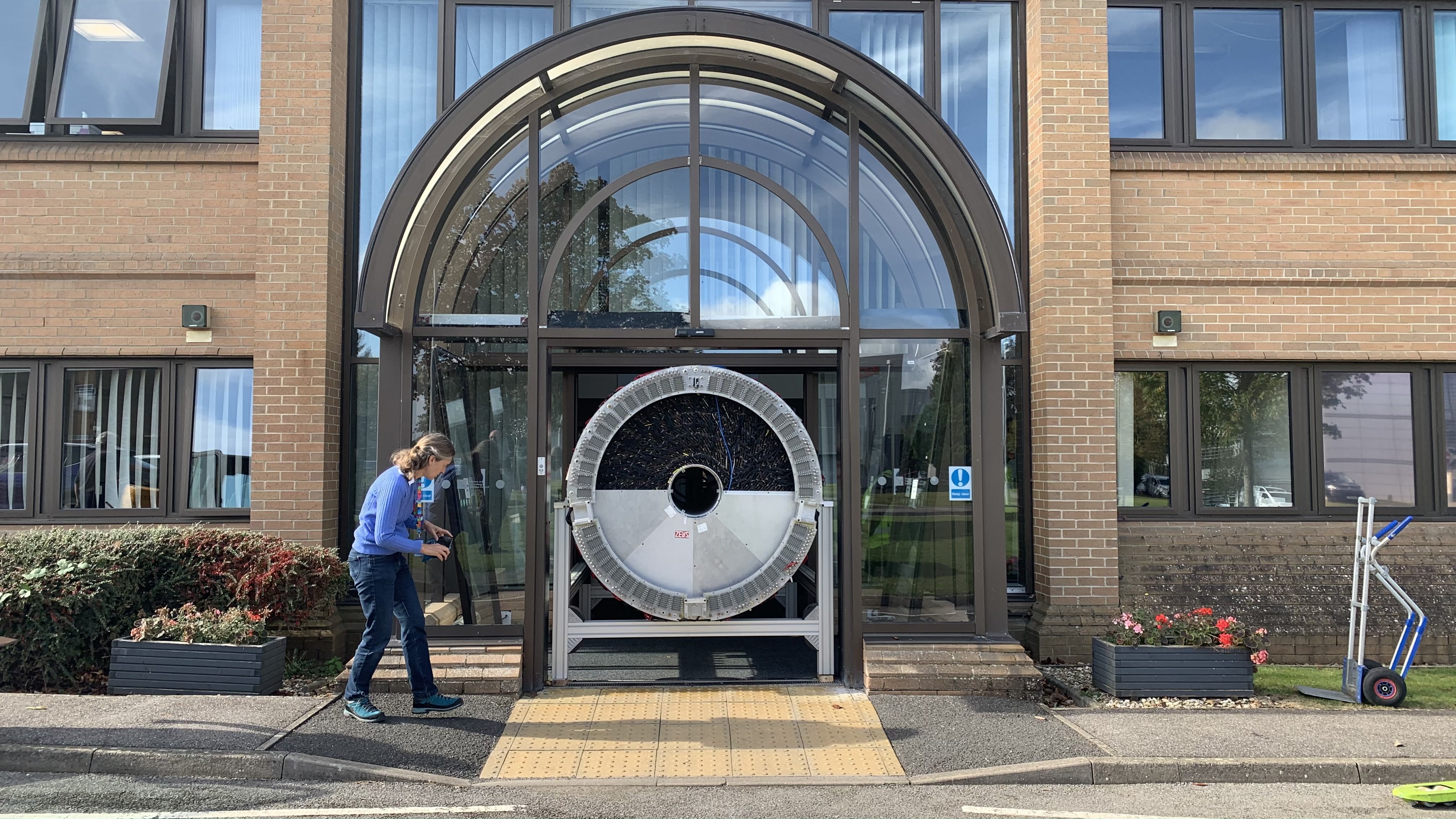
Moving the CTD out of the R71 entrance
Using a forklift to carry the CTD to the Visitor Centre
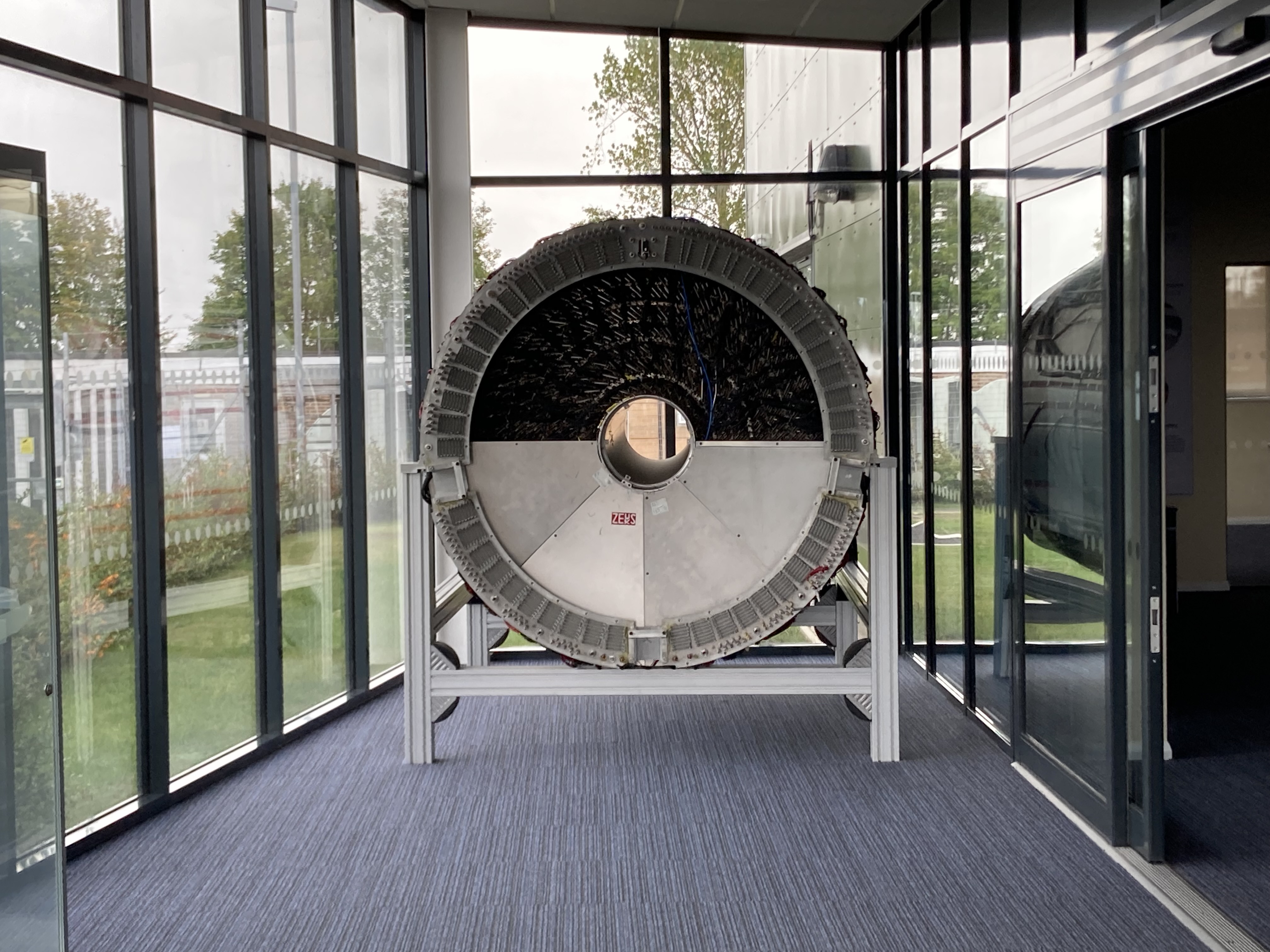
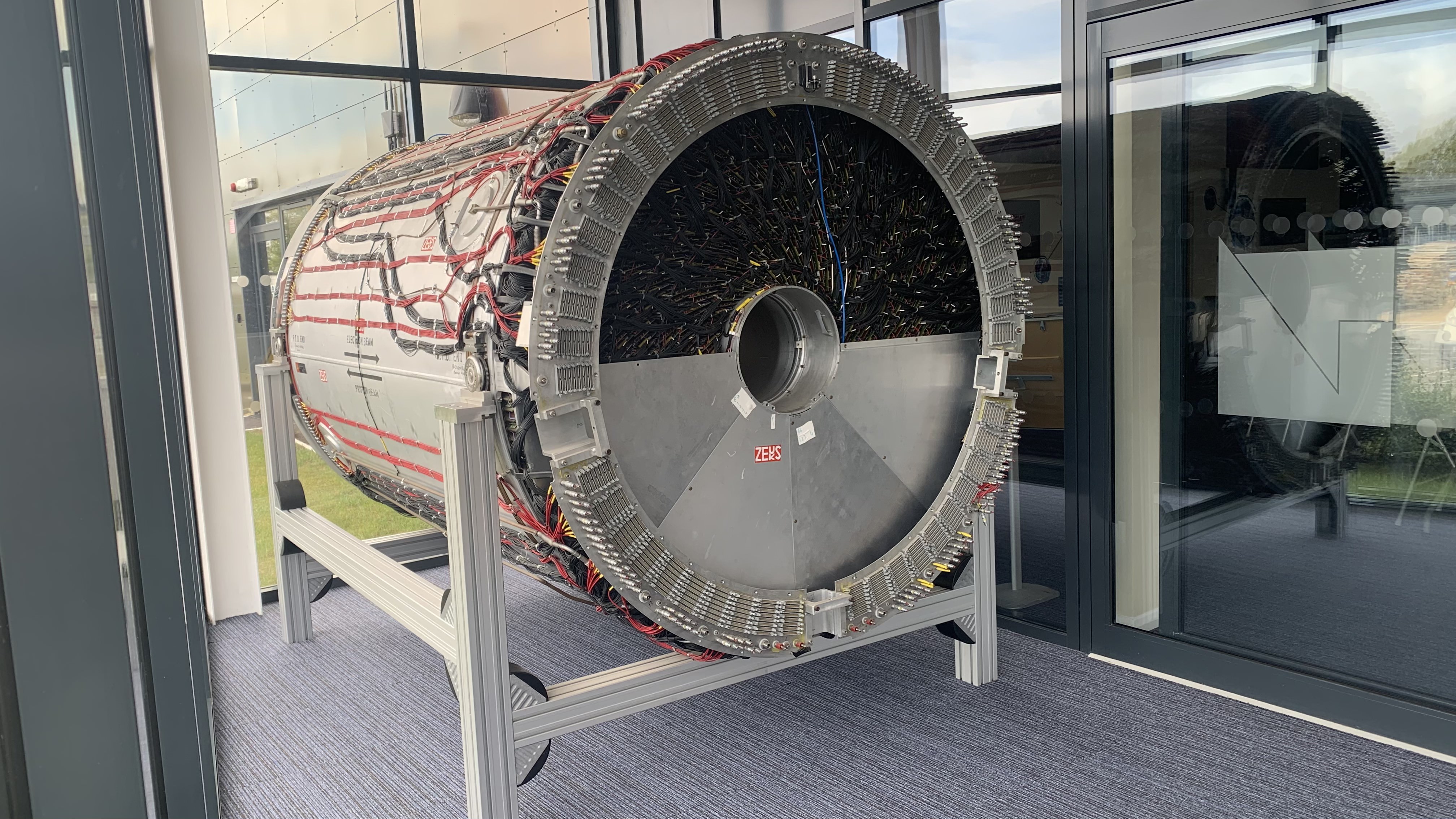
ZEUS’s Central Tracking Detector at the Visitor Centre’s entrance
The ZEUS experiment operated at the HERA accelerator and was located in one of the four interaction regions. HERA (Hadron-Elektron-Ring-Anlage) was the first electron-proton collider in the world that began operating in 1992 at DESY (Hamburg, Germany). The aim of HERA was to learn more about the internal structure of the proton and expand our understanding of the Standard Model.
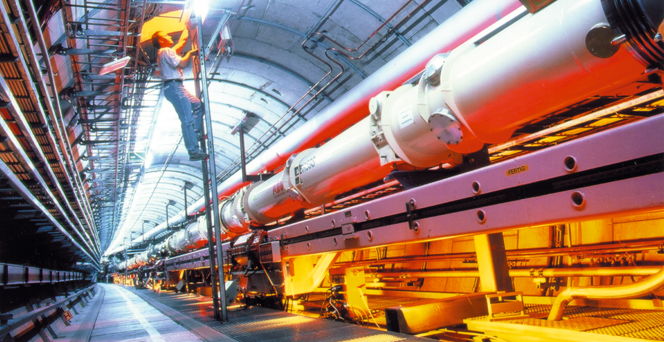
HERA Accelerator
With the collective involvement of 460 physicists from institutes in 12 different countries, ZEUS’s motive was to study the inelastic scattering of electrons on protons and at its heart was the Central Tracking Detector (CTD). The CTD is built as a cylindrical drift chamber with a length of 2.4m and a diameter of 1.7m, filled with 24,192 wires. The CTD sat in a strong magnetic field. When charged particles produced in electron-proton collisions pass through this field they experience a deflecting force, making their path curve. These curved paths are referred to as tracks, which are measured by the CTD. From these tracks, their position and momentum were determined, and this allowed us to see deep inside the proton and resolve the rich substructure consisting of quarks and gluons.
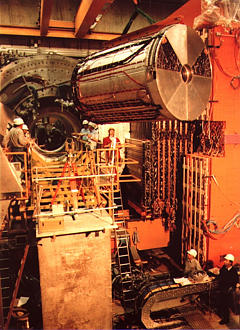
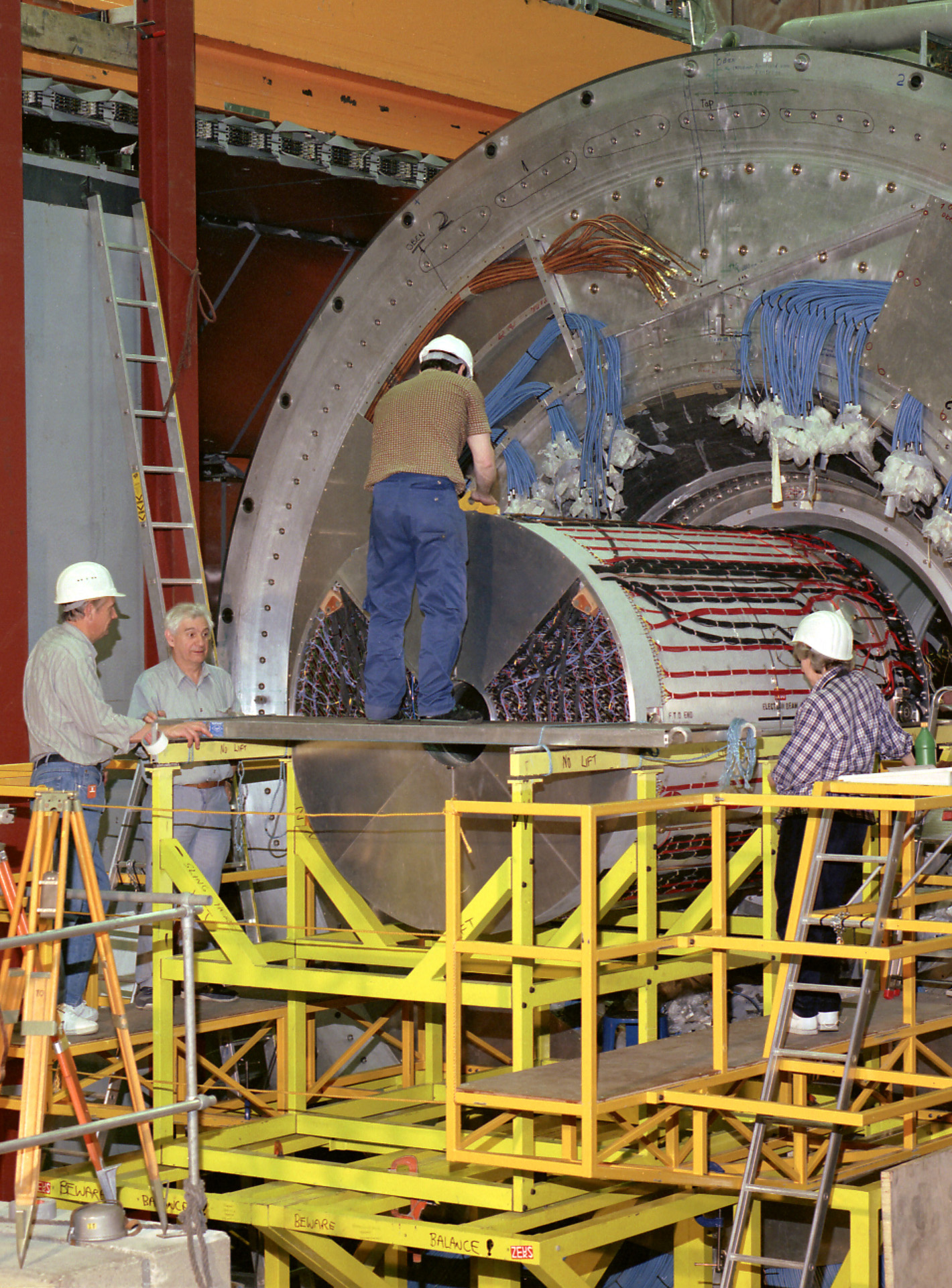
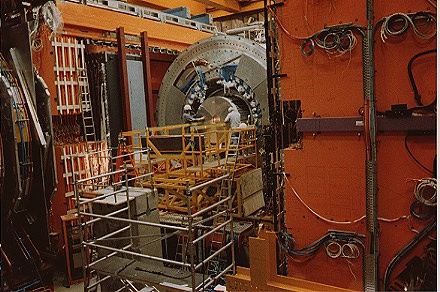
Installation of ZEUS’s Central Tracking Detector
The Particle Physics Department at STFC collaborated with other UK University groups on the ZEUS experiment and was instrumental in the design, construction and operation of the detector. After 15 years of operation, HERA (and the four experiments) was decommissioned in 2007. ZEUS’s Central Tracking Detector was then passed on to the Science Museum. In 2015, STFC asked the Science Museum to bring the CTD on site to display it for RAL Open Days, it was then kept on long-term loan on display at R71 Reception. With R71 currently being refurbished, ZEUS’s Central Tracking Detector now sits at the Visitor Centre.
Moving the CTD from R24 to R71 in 2016
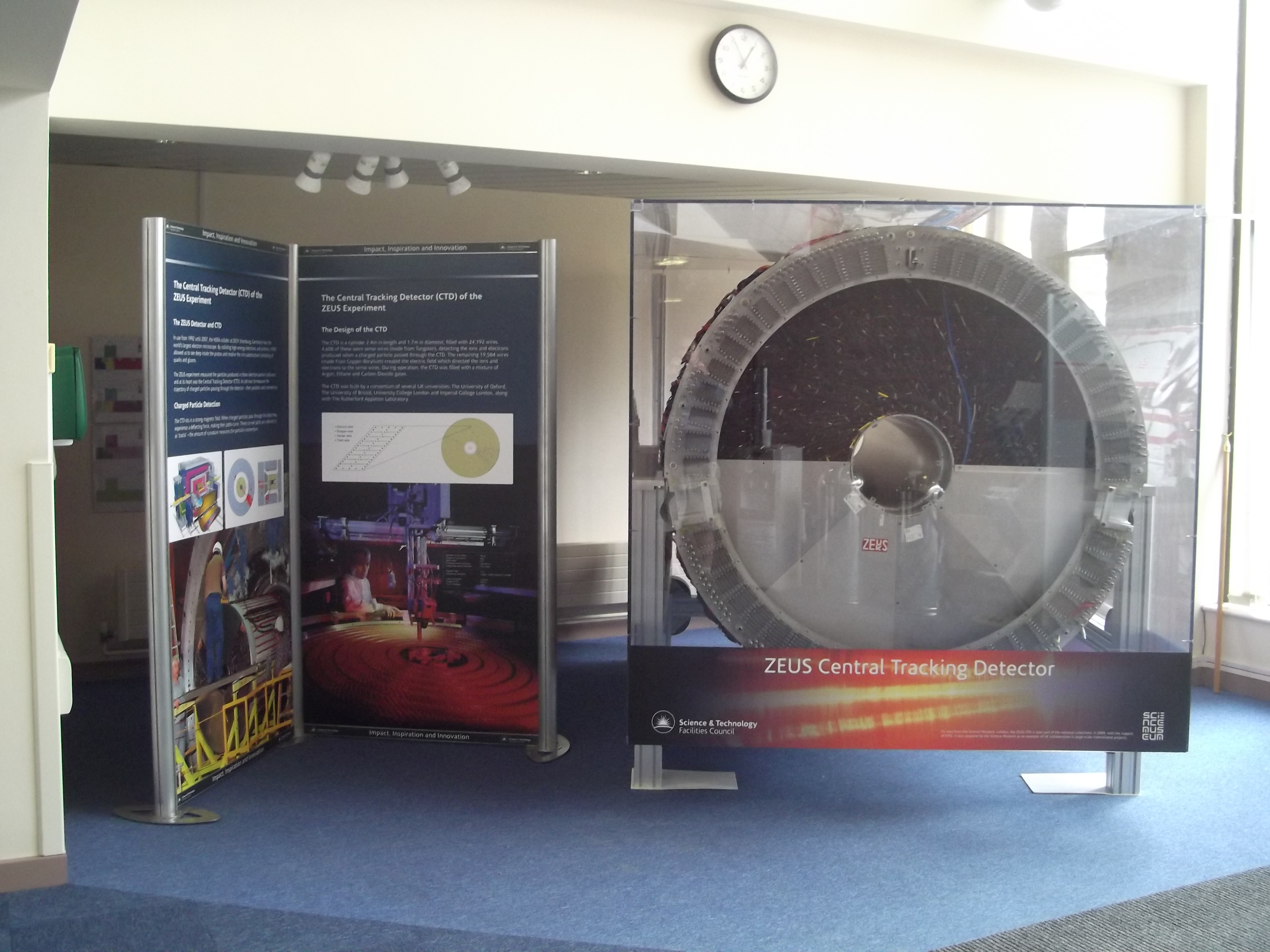
CTD at the R71 Reception entrance
